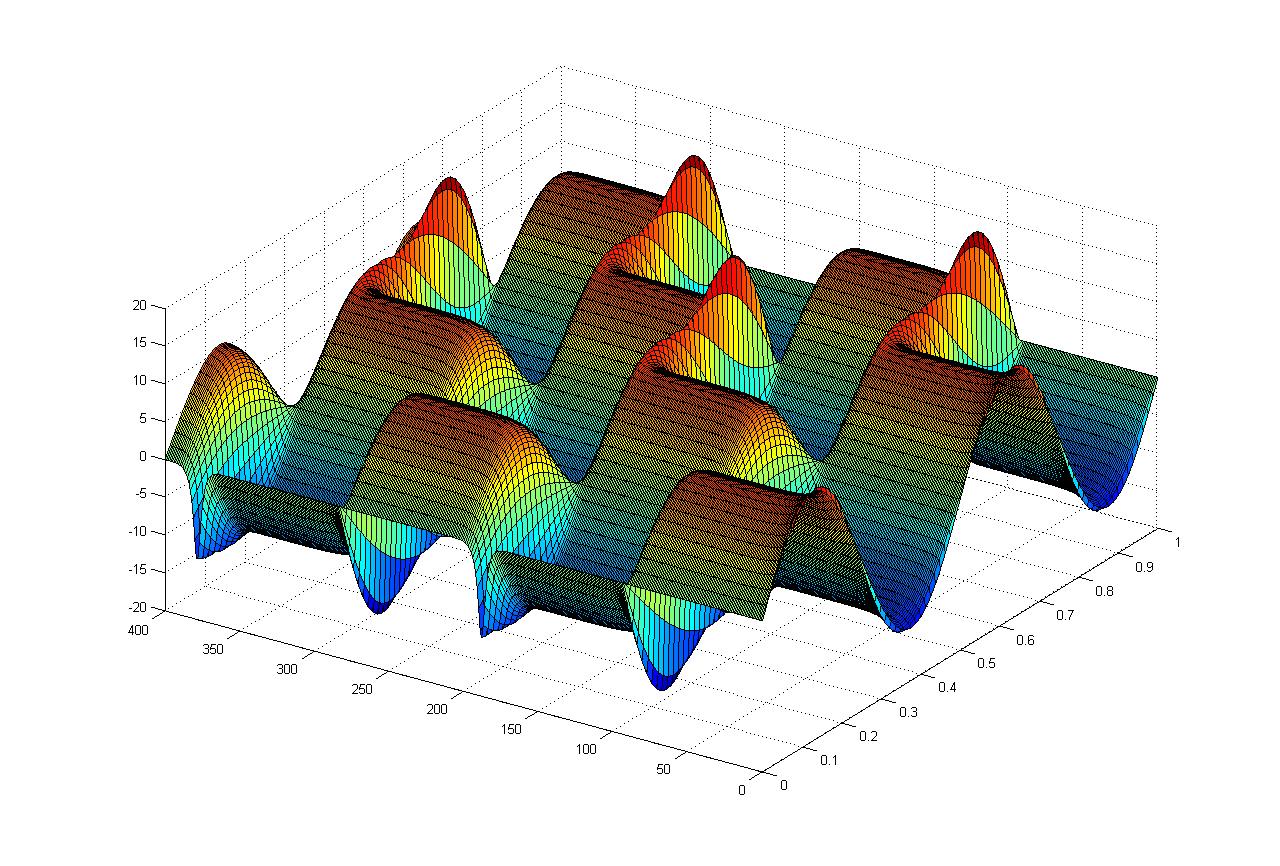
Numerical analysis is a branch of mathematics that deals with algorithms for solving numerical problems. It's used in everything from engineering to economics. Ever wondered how your GPS finds the shortest route or how weather forecasts are made? That's numerical analysis at work! This field helps us approximate solutions to complex equations that can't be solved exactly. Whether you're calculating the trajectory of a spacecraft or simulating climate change, numerical analysis provides the tools. It's not just for scientists and engineers; anyone who uses a computer benefits from it. Let's dive into 38 fascinating facts about numerical analysis!
What is Numerical Analysis?
Numerical analysis is a branch of mathematics that deals with algorithms for solving numerical problems. It plays a crucial role in various scientific and engineering fields. Let's dive into some fascinating facts about numerical analysis.
-
Numerical analysis dates back to ancient times, with roots in Babylonian and Egyptian mathematics.
-
The field gained significant traction during the 20th century due to the advent of computers.
-
Numerical methods are essential for solving problems that are too complex for analytical solutions.
-
It involves approximating solutions to mathematical problems using numerical techniques.
-
Numerical analysis is used in weather forecasting, engineering simulations, and financial modeling.
Key Concepts in Numerical Analysis
Understanding the core concepts of numerical analysis helps in grasping its applications and significance. Here are some key ideas:
-
Interpolation: This technique estimates unknown values by using known data points.
-
Extrapolation: Similar to interpolation, but it predicts values outside the known data range.
-
Numerical Integration: This method approximates the integral of a function, useful when an exact integral is hard to find.
-
Numerical Differentiation: It estimates the derivative of a function using discrete data points.
-
Root-Finding Algorithms: These algorithms, like the Newton-Raphson method, help find the roots of equations.
Applications of Numerical Analysis
Numerical analysis isn't just theoretical; it has practical applications in various fields. Here are some examples:
-
Engineering: Used in structural analysis, fluid dynamics, and material science.
-
Physics: Helps in solving complex differential equations in quantum mechanics and relativity.
-
Finance: Used for option pricing, risk management, and financial forecasting.
-
Medicine: Assists in medical imaging and modeling biological systems.
-
Computer Graphics: Essential for rendering realistic images and animations.
Famous Numerical Methods
Several numerical methods have become staples in the field. Here are a few notable ones:
-
Euler's Method: A simple yet powerful technique for solving ordinary differential equations.
-
Runge-Kutta Methods: More accurate than Euler's method, widely used for solving differential equations.
-
Finite Element Method (FEM): Used for solving complex structural problems in engineering.
-
Monte Carlo Simulations: Utilizes random sampling to solve problems that might be deterministic in principle.
-
Gauss-Seidel Method: An iterative technique for solving linear systems of equations.
Challenges in Numerical Analysis
Despite its usefulness, numerical analysis faces several challenges. Here are some of them:
-
Round-Off Errors: Small errors that occur due to the finite precision of computer arithmetic.
-
Truncation Errors: Errors that arise when an infinite process is approximated by a finite one.
-
Stability: Ensuring that small changes in input do not lead to large changes in output.
-
Convergence: Making sure that an iterative method approaches the correct solution.
-
Complexity: Balancing accuracy and computational efficiency.
Historical Figures in Numerical Analysis
Several mathematicians have made significant contributions to numerical analysis. Here are a few:
-
Isaac Newton: Developed the Newton-Raphson method for root-finding.
-
Carl Friedrich Gauss: Contributed to the development of least squares approximation.
-
Leonhard Euler: Known for Euler's method in solving differential equations.
-
John von Neumann: Pioneered the use of computers for numerical calculations.
-
Richard Hamming: Developed error-detecting and error-correcting codes.
Modern Developments in Numerical Analysis
The field of numerical analysis continues to evolve with advancements in technology. Here are some recent trends:
-
Parallel Computing: Using multiple processors to solve large numerical problems more efficiently.
-
Machine Learning: Integrating numerical methods with AI for better predictions and optimizations.
-
High-Performance Computing: Leveraging supercomputers to tackle complex simulations.
-
Adaptive Algorithms: Algorithms that adjust their parameters for better accuracy and efficiency.
-
Quantum Computing: Exploring the potential of quantum algorithms for numerical analysis.
Educational Importance of Numerical Analysis
Numerical analysis is a vital part of the curriculum in many scientific and engineering disciplines. Here’s why:
-
Problem-Solving Skills: Enhances analytical and computational skills.
-
Interdisciplinary Applications: Useful in various fields like physics, engineering, and finance.
-
Research Opportunities: Offers numerous avenues for academic and industrial research.
The Magic of Numbers
Numerical analysis isn't just for mathematicians. It's everywhere, from predicting weather to designing video games. Understanding these 38 facts can give you a new appreciation for how numbers shape our world. Whether it's solving complex equations or optimizing algorithms, numerical analysis plays a crucial role in technology and science. It helps us make sense of data, improve accuracy, and solve problems that would be impossible otherwise. So next time you use a GPS, enjoy a smooth animation, or even check the stock market, remember the magic of numbers working behind the scenes. Dive deeper into this fascinating field, and you might just find yourself amazed by the endless possibilities it offers. Keep exploring, stay curious, and let the numbers guide you to new discoveries.
Was this page helpful?
Our commitment to delivering trustworthy and engaging content is at the heart of what we do. Each fact on our site is contributed by real users like you, bringing a wealth of diverse insights and information. To ensure the highest standards of accuracy and reliability, our dedicated editors meticulously review each submission. This process guarantees that the facts we share are not only fascinating but also credible. Trust in our commitment to quality and authenticity as you explore and learn with us.
